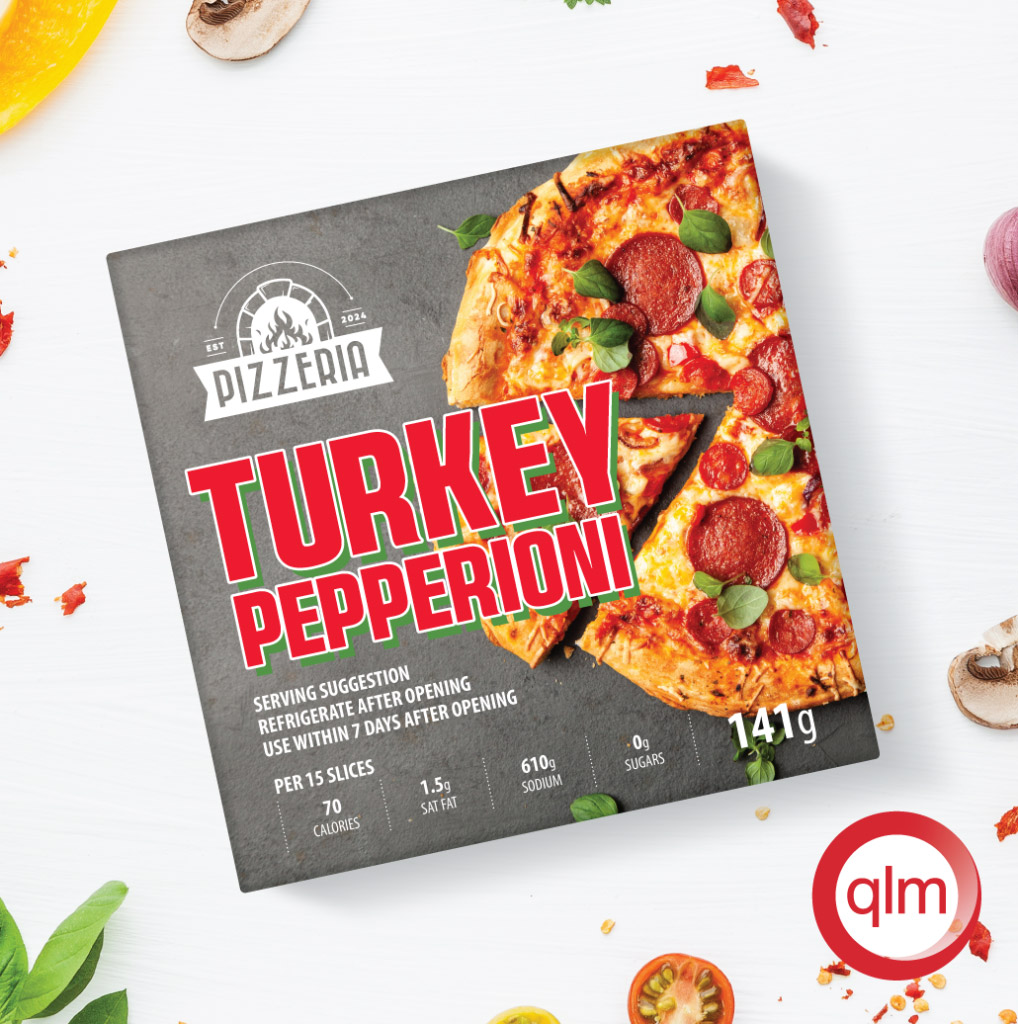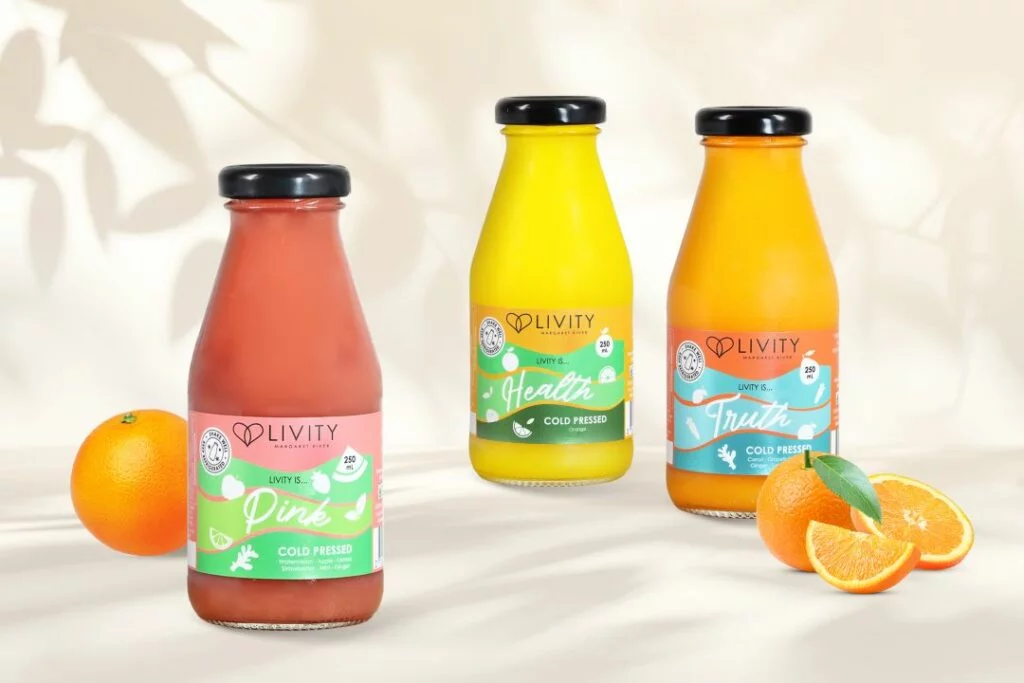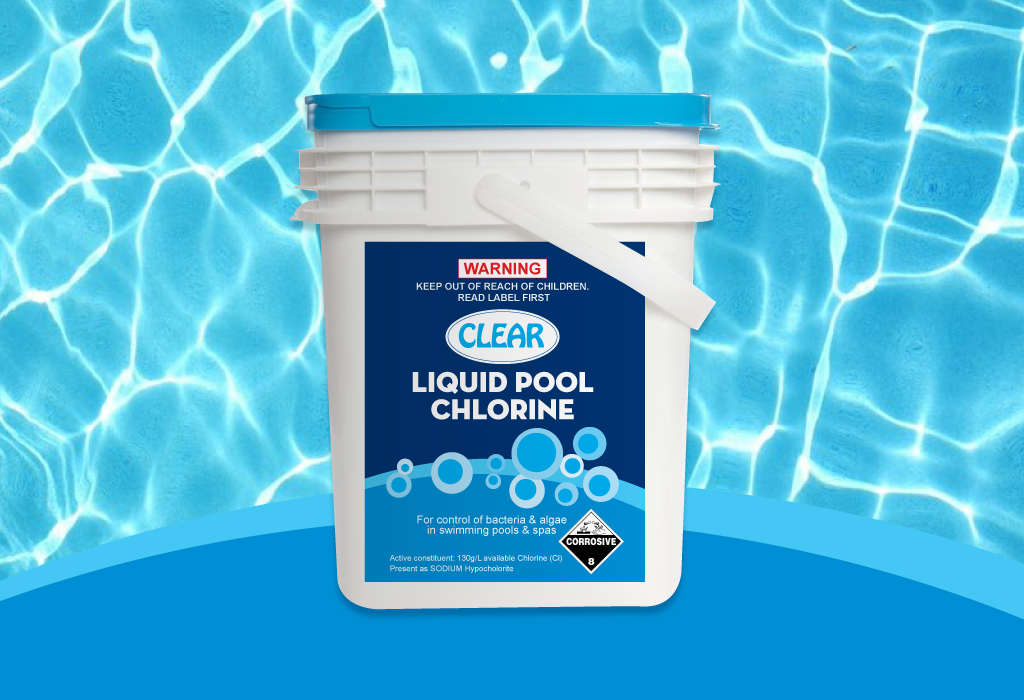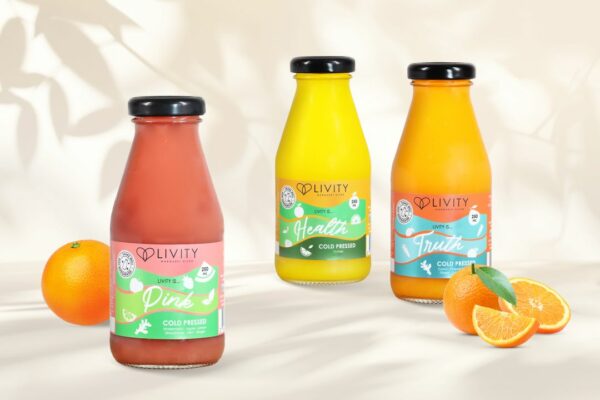When you stroll down the aisles of your grocery store, you will see most shoppers carefully analysing the nutrition facts label on the back of the products. This indicates that consumers are becoming more conscious of their health.
Food manufacturers are, therefore, expected to create labels that are factual, informative, and user-friendly. In the sections below, we have discussed all there is to know about nutrition facts labels and how you, as a manufacturer, can use them to remain compliant and competitive.
Understand Labelling Regulations and Guidelines
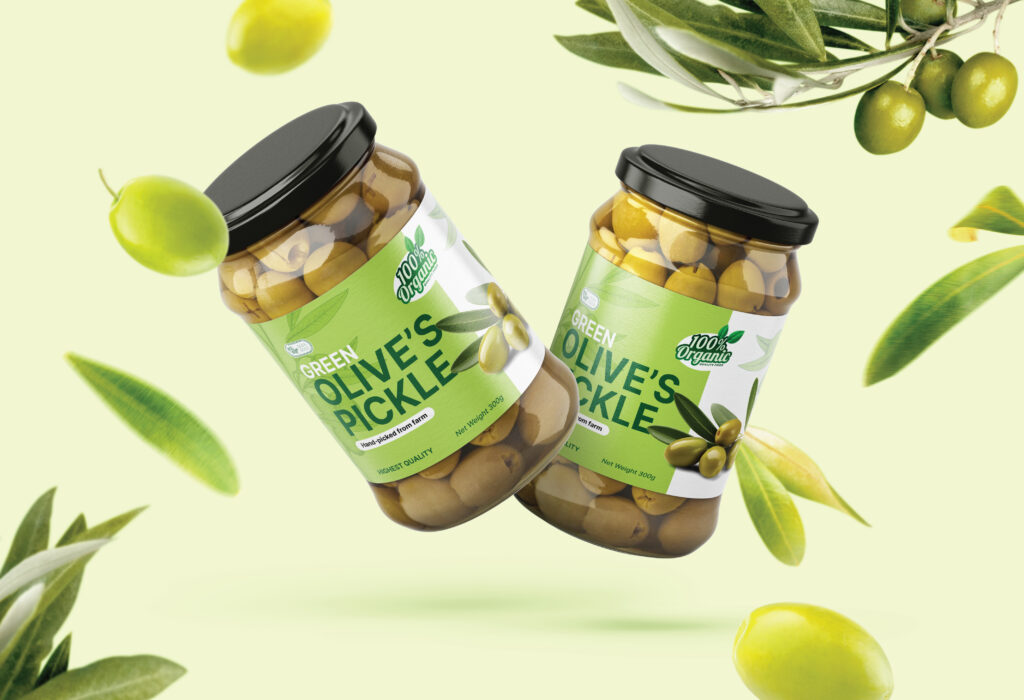
The regulatory landscape surrounding nutrition facts labels in Australia is run by the Food Standards Australia New Zealand (FSANZ). This body develops standards that regulate the use of ingredients, additives, processing aids, vitamins, colourings, and other compounds. To ensure compliance and transparency in labelling practices, every manufacturer must familiarise themselves with the Foods Standards Code, which details the general labelling and information requirements relevant to all foods.
Some key elements required on nutrition facts labels include ingredients list and percentage of the key components in the food, food allergies, and country of origin. Additionally, labels must disclose information about the food additives used such as colour, Genetically Modified (GM) ingredients, health star rating, health claims, warnings and advisory statements. Adhering to these regulations promotes consumer trust and confidence in the reliability of the information provided on food packaging.
Accurate Nutrient Calculation
The nutritional values of various food products are often calculated based on the product’s composition using reliable databases, precise ingredient measurements and laboratory resting. Accurate calculation of these values is essential to ensure that the information provided on nutrition facts labels aligns with the actual nutritional content of the product.
Reliable databases provide reference values for various ingredients, while laboratory testing verifies these values for accuracy.
Clear and Readable Design

For consumers to quickly understand and interpret the nutritional content of the food products, the nutrition facts label should be clear and readable. Choosing the best font sizes, legible fonts, and contrasting colours enhances readability. They also make it easier for customers to locate and understand critical nutritional information. Moreover, it is essential to ensure that all the labels remain intact and legible throughout the product’s lifecycle, even when exposed to moisture, cold, heat or light.
Simplify Complex Information
To make nutritional content understandable, manufacturers can use strategies such as presenting values as a percentage of the daily diet. This is often written as a percentage Daily Value or (% DV). If a product has Calcium content with a percentage Daily Value of 20%, it means that in a serving, this product will provide 20% of the recommended daily calcium intake. Visual aids like charts or graphs can also be helpful, even though most manufacturers prefer percentages.
Highlight Key Nutritional Benefits
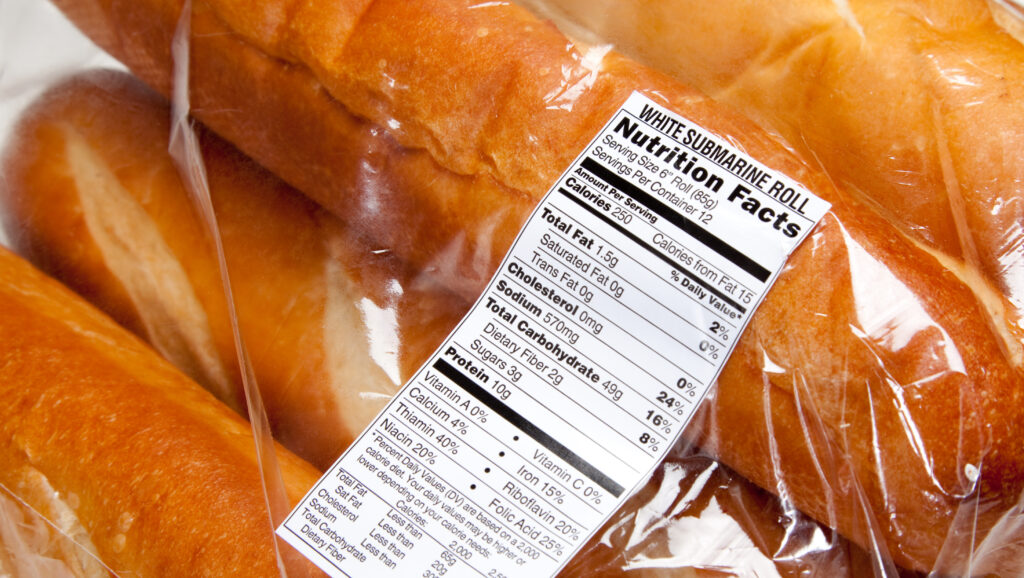
If your product has key nutritional benefits, such as low sodium or high fibre content, you might want to highlight them in the nutrition facts label. Nowadays, health-conscious consumers seek products that align with their dietary goals. Manufacturers that explicitly highlight their products’ competitive advantages, such as low-sugar content, zero cholesterol, gluten-free, etc., appeal to most consumers.
Other health benefits, such as immunity-boosting vitamins or heart-healthy Omega-3 fatty acids, can further drive sales and market success. It’s worth noting that transparency is crucial when it comes to product labelling, and it’s advisable to highlight nutritional benefits only if they have been tested, confirmed, and verified.
Include Allergen Information
Food allergies are quite prevalent, and manufacturers are required to disclose any allergen information on the nutrition facts list. Some of the common allergens include peanuts, dairy, eggs, wheat, soy, fish, and shellfish. For individuals with food allergies or intolerances, accidental ingestion of food containing these compounds can have severe health consequences. Clear allergen labelling helps consumers quickly identify products that contain ingredients they may be allergic to. Regulatory bodies also mandate including allergen information on labels to ensure transparency.
Provide Serving Suggestions or Recipe Ideas
Including recipe ideas and serving suggestions on product labels can encourage creative product usage. These usage tips guide consumers on how to incorporate the product into their daily meal plans. For example, a label on a package of whole-grain pasta might suggest pairing it with fresh vegetables and a light olive oil dressing for a nutritious pasta salad.
When manufacturers provide straightforward recipe ideas, they empower consumers to explore new culinary possibilities. This helps boost consumer satisfaction and also strengthens brand loyalty as customers associate the product with positive experiences.
Key Takeaways:
- Understanding and adhering to FSANZ regulations is crucial for compliance.
- Accurate nutrient calculation ensures reliable information on labels.
- Clear design and simplified information enhance user experience.
- Highlighting key nutritional benefits and allergens drives consumer trust.
- Serving suggestions can boost consumer engagement and brand loyalty.
Food Manufacturer Labels by QLM
As highlighted above, labels in the food industry play a critical role in shaping consumer choices and brand perception. Beyond compliance with regulatory standards, well-designed labels can enhance a product’s appeal by clearly communicating key benefits and unique selling points.
Introduction to Labels & Stickers
When choosing labels and stickers for your food products, several factors come into play. The type of labels or stickers you select for your business depends on aspects like the nature of the product, regulatory requirements, and branding strategy. The design and material of the labels should also align with your brand image. As a food manufacturer who sells to quick-service restaurants or wholesale and convenience stores, here are some of the popular labels and stickers you can use:
- Custom label rolls and sticker rolls.
- Custom seal labels.
- Food and beverage thermal labels.
- Nutrition facts labels.
Premium Embellishment Finishing Options
If you want to take your branding to the next level, you can go for premium labels that offer a luxurious and upscale appearance. These labels may include elements such as foil stamping and speciality inks. At QLM Group, premium embellishment includes:
- Custom foil labels and stickers.
- High-build and embossed labels.
- Die-cut shapes.
Your Complete Label Solution Partners
Before settling for a labelling solution, you must consider the entire process workflow, from material and design selection to printing and application. If you are to choose the ideal labelling solution, you need to partner with a company that will deliver high-quality results while meeting your operational needs.
As an all-round label solutions partner, QLM Group offers extensive printing options, materials, finishes and embellishments, all customised to your liking. Below are some of the benefits of partnering with QLM Group for your labelling services:
- Local production with offshore options.
- Internal design team with specialised knowledge.
- Small order minimums and diverse product variants.
- Comprehensive and agile quality control procedures.
- Continuous assistance with quick processing times.
- Eco-friendly choices with minimal environmental impact.
Interesting in our food manufacturer labels? Request a quote today and discuss your labeling needs! We’ll help you create labels that grab attention and boost sales.
Nutritional facts labels are crucial for individuals seeking to make informed food choices. As a food manufacturer or restaurant owner, you need to prioritise consumer understanding and engagement when creating nutrition facts labels for your food products. All the tips listed above, from ensuring accurate nutrient calculation to providing serving suggestions, help customers make the right decisions and will ultimately build your brand loyalty and trust among consumers.






